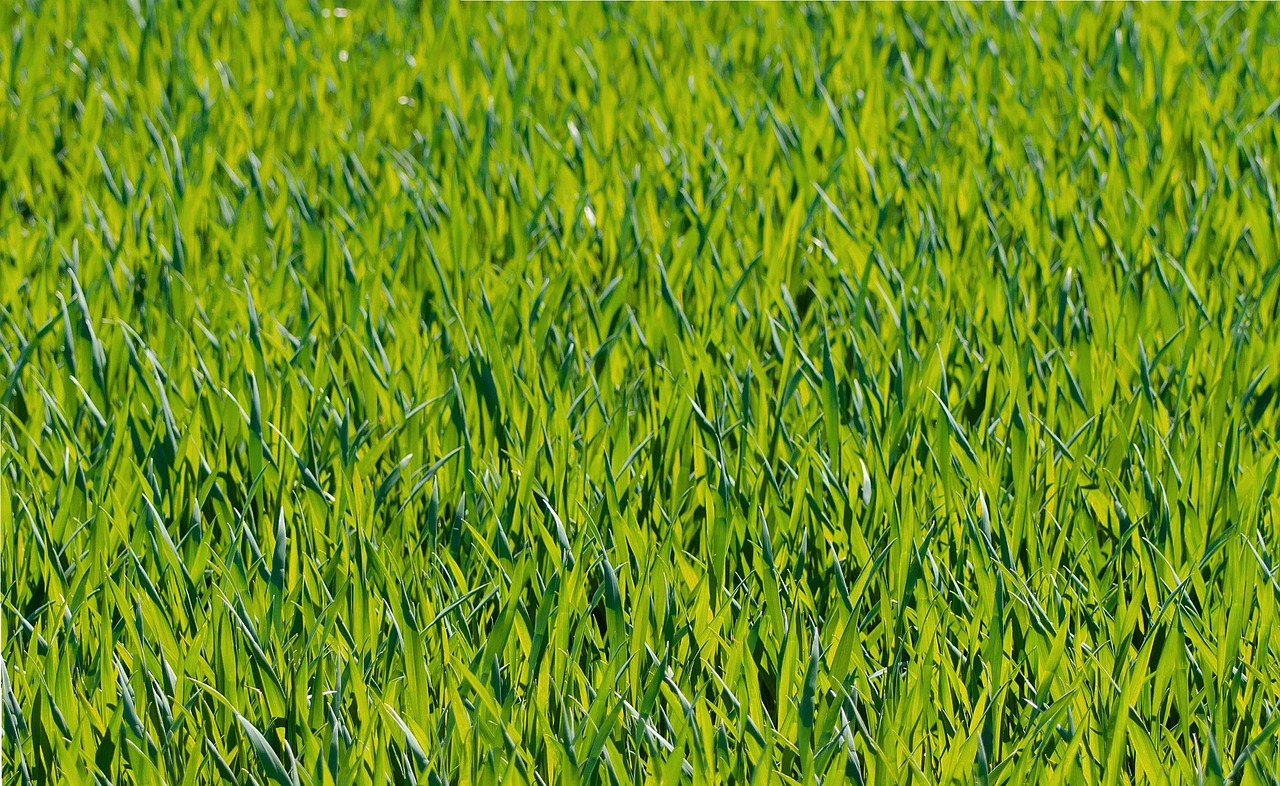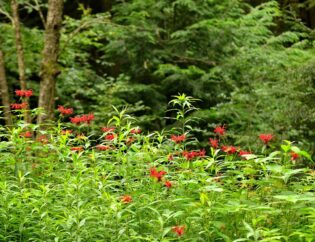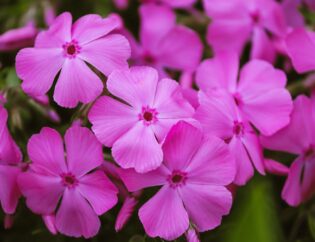
It’s an exciting day when pallets of new sod arrive! After all, sod installation is one of the final steps to complete a new landscape design or finish a renovation. All that hard work is about to pay off! And for homeowners battling patchy, damaged grass, a new sod installation means a fresh start: get it right, and you’ll have a beautiful lawn to enjoy for years.
Important Things to Know Before Installing New Sod
Before scheduling a new sod installation, it’s important to understand a few essentials. First, the ground and topsoil need to be ready to go and an irrigation system, usually a sprinkler system, needs to be in place. Second, any drainage problems should be addressed before the sod is installed. Lastly, the new strips of sod must be kept moist at all times for the first few weeks.
Preparing the Soil for a New Lawn
The topsoil is the first layer of earth the new grass roots will grow into and is important for the success of the grass (both as it establishes and in the long term). Fortunately, soil testing takes the guesswork out of preparing the ground for a fresh layer of sod.
After the results of the soil test are back, gather the needed amendments and fertilizers needed to supplement deficiencies. Then, begin to prepare the soil by loosening the top 6-8 inches of soil.
Typically, a rototiller is used to break up the soil efficiently. Go ahead and take the time to rake out any rocks or debris that are unearthed. Also, this is the time to till in amendments like compost and sand.
Next, use a rake to level the soil by filling in low spots and spreading out high ones. Beside paved surfaces like driveways, the dirt should lay about an inch below grade.
Finally, water the soil. The goal isn’t to soak it or make it unworkable, just to get the moisture even. A common example is to think of a wet sponge, damp but not oversaturated.
If the area hasn’t been watered in some time, you may need to water a few times to get the soil right.
How Often Should You Water New Sod?
If you’re curious what to expect from your new lawn, the quick answer is that new sod requires between 1-3 waterings per day. But the best answer is that it will depend on the exact conditions of your lawn.
New sod has been grown and produced in the most ideal of conditions. It also has a very shallow root system. This combination means it is extremely vulnerable to drying out-which will absolutely kill it.
Starting at installation, care is needed to keep the new sod damp at all times and prevent roots from drying out. As the sod is laid down in runs, the pieces should go no longer than 30 minutes before being watered.
After the installation is complete, the entire lawn should be watered again. The goal is to keep the soil moist to a depth of at least 6 inches, but not waterlogged.
Over the next 2-3 weeks, the lawn will require consistent morning watering of about 45-60 minutes each time. Additionally, it may need 1-2 more sessions throughout the day (usually shorter, 15-20 minutes or so).
After 2-3 weeks, the grass will be rooting down and harder and harder to pull up. This is a great sign that the lawn can be gradually weaned off of that intense watering schedule. For reference, mature lawns require about an inch of water per week spread out over 2-3 sessions.
How Long Should You Water New Sod?
Typically, a morning watering session of 45-60 minutes is recommended. If the water runs off the lawn, slow the pace or reduce watering time. For later in the day, shorter sessions of about 15-20 minutes may be needed to maintain moisture.
As with most plants, morning watering is preferred because the heat of the day dries everything off. Conversely, foliage that stays wet overnight is more susceptible to disease.
Did You Water Enough?
Not sure if you’re watering deep enough? A way to tell is to use a screwdriver. Carefully lift one corner of sod and push the screwdriver down. The soil should be damp to at least six inches. Further, this test should be done a few times in the early days to make sure the lawn is staying moist all day.
If it isn’t, more water is needed. Conveniently, this is a good opportunity to see if the grass is rooted down yet. Choose a different corner each time so the grass roots aren’t interrupted in the same spot.
Is Overwatering a Problem?
Most plants hate having “wet feet.” Being left in waterlogged soil suffocates the roots and leads to root rot, which is tough to fix. Thus, overwatering sod is an important problem to avoid.
How can you tell if the soil is overwatered? A lawn should have some give as you step across it. If it squishes down and squelches, or if your foot sinks deeply then back the watering off. Check on the lawn a few times a day when making water schedule changes for a young lawn.
When Can You Walk on New Sod?
The general rule of thumb is about 2-3 weeks. It’s best to keep pets and people off the lawn until it begins to establish and root. You’ll know that’s happening when it becomes difficult to pull up a corner of sod.
When Can You Mow New Sod?
Around two weeks, the grass has usually established enough roots to not be pushed around by the mower. Test by lifting a corner of the lawn. If it’s hard to pull, then it’s rooted.
The important thing to know about all lawns is that only a third of the length should be removed at a time. Otherwise, the lawn suffers. So, grass that has grown to 3 inches can be safely mowed to 2.
On a new lawn, it’s preferable to use a push mower instead of a heavier riding mower for the first few trims. Further, mowing as the soil has dried will firm it up and protect the roots. For example, a lawn watered in the morning could be mowed towards evening when it is drier.
When Should You Fertilize?
Usually, 4-6 weeks after installation is a good time to apply fertilizer. Before that, the roots are still establishing and it’s best to wait.
When Is the Best Time of Year to Install New Sod?
As a general rule, avoid the cold temperatures of winter and the extreme heat of summer. Spring (after the threat of frost has passed) and early autumn (with some time before freezing conditions) are best.
The idea is to lay the new sod just before the prime growing season so that it roots quickly and builds resilience. But remember, if it dries out then the new sod will fail. That’s why the middle of summer is a tough time to establish a lawn.
The best seasons for different grass types are below:
- Warm Season Grasses: Install late spring/early summer
- Cool-Season Grasses: Install early autumn, at least 6 weeks before first frost
Warm season grasses like Bermuda grass, zoysia grass, and St. Augustine have a peak growing season in the summer when daytime highs are between 85-90 F. On the other hand, cool season grasses like tall fescue peak in the cooler seasons of spring and fall when highs are around 60-75 F.
That said, many successful installations are done outside the optimal time of year.
Why Is My Sod Turning Yellow?
For a new lawn, sod is delivered on pallets. If the sod strips stay stacked a while, yellowing can occur. The uneven moisture, trapped heat, and lack of sunlight is hard on grass, especially as time passes.
For these reasons,it is always advised to quickly install sod and keep it shaded and moist while on the pallet. Then, water it as it is laid down or within 30 minutes and continue to ensure the new grass is watered properly as outlined above.
As long as even moisture has been maintained, a yellow lawn will usually recover as the lawn roots down.
Why Is My Sod Turning Brown?
Brown sod is usually caused by too little water. Perhaps the sprinkler range doesn’t reach far enough or a strip isn’t evenly contacting the ground below. If there are air pockets where the sod does not touch the soil, those will present as brown patches when the roots can’t grow into the soil.
Fertilizer burn or improper chemical application can also lead to dead, brown patches in a new lawn. Further, established lawns may have brown patches for other reasons.
Have a Project in Mind?
Our landscaping professionals at Atlanta Turf & Tree have 35 years of combined experience turning Atlanta-area yards into works of living, lasting art. Contact our landscaping services experts to get going on your next project!









